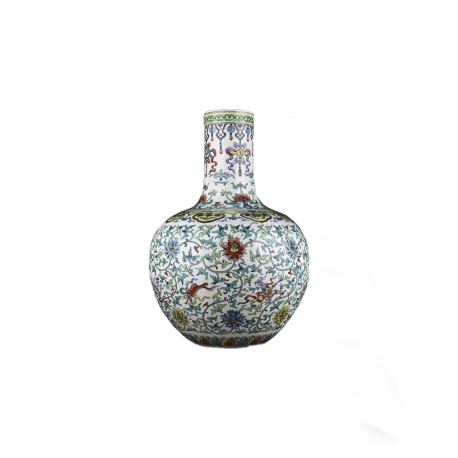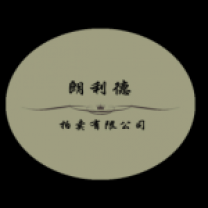乾隆年制斗彩缠枝纹天球瓶
- 编 号:811680
- 销售状态:待售(不可在线交易)
- 库 存: 1
- 售 价:议价
买家服务热线:
400-601-8111
(平台服务时间:周一到周五 9:00-17:00)
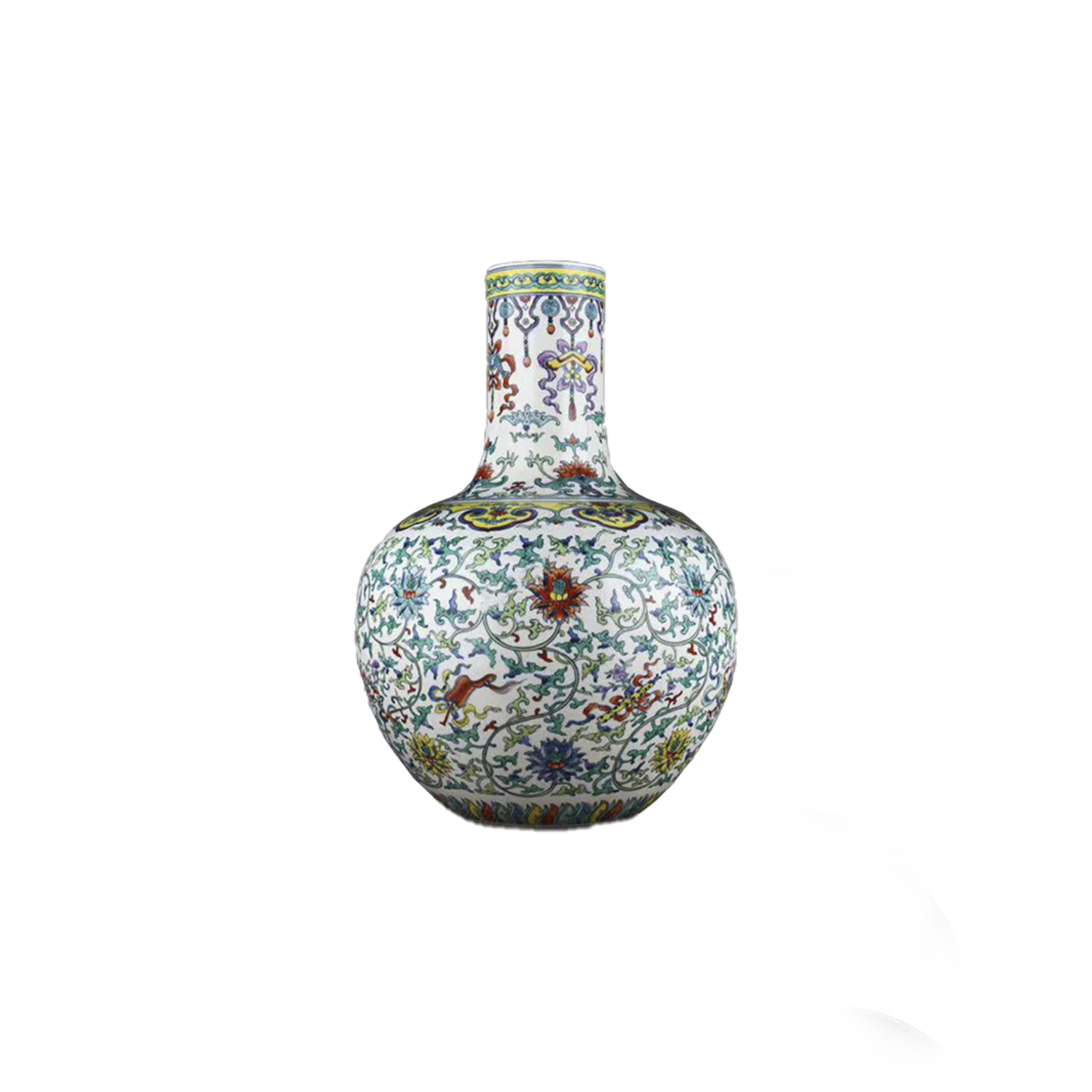
- 资质:
- 评分:
1分 2分 3分 4分 5分 6分 7分 8分 9分 10分 7分
- 印象:
- 经营时间:8年
- 展厅面积:490平米
- 地 区:四川-成都-其他
作品信息
交易评论
本画廊其他作品
| 创作年代 | 明清 | ||||
|---|---|---|---|---|---|
| 作品分类 | 陶瓷紫砂- 瓷器-清代 | 品种 | 斗彩 | 器型 | 瓶 |
| 窑口 | 其他窑口 | ||||
| 作品标签 | |||||
| 适用空间 | |||||
作品介绍
瓷器术语叫形制。这种鼓圆腹的瓶式,圈内俗称:天球瓶。像科学家实验室里的超大号烧瓶,属当年清宫御瓷中的高档品,行家口中的佳妙之作。中国古代的美学源头,讲究天圆地方,天球瓶应该是苍穹的暗喻,皇帝专用。第一眼看上去,壮丽敦厚,恢弘大气。烧造难度大。最难烧成的是鼓腹部分,越大的器型,越容易表面凹陷。当初窑工拉坯成型时,必须要一丝不苟,稍有手滑就可能前功尽弃。而且,瓶颈和鼓腹器身,要分开成型,然后粘接在一起烧制,难度可想而知。斗彩技艺含量高。斗彩工艺是这样操作的:第一步,在渗水透气的素胎上,画师用青花细线勾勒轮廓。由于钴料会实时渗入未窑烧的瓷土,若出错的话,便毫无涂改空间。第二步,器物挂釉,入窑煅烧。第三部,已施釉的素胎,出窑冷却后,画师再小心翼翼地在釉下青花线内填施釉上珐琅彩;器物再次入窑,用较低的窑温二次烧成。每次窑烧,均会出现若干废品,而变形和开裂的问题,较常见于大型器物。所以,能符合御瓷严格要求的大型斗彩器,其造价定然不菲。纹饰精美传统中国装饰艺术品多以佛教图案为主,但此天球瓶反映出清朝时期佛教和道教并行的状况。此瓶器身绘细腻的五彩莲纹(佛教),间以暗八仙纹(道教),各系红蓝交替的绶带。“暗八仙”为道教传说中八仙的护身法宝,暗八仙成为独立的瓷器纹饰,应始自雍正年间。康雍乾祖孙三人皆笃信佛教,但此例乾隆御瓷的道教象征无比祥瑞,所以浑无突兀之感。瓶颈饰悬磬与绶带,与双鱼、绶带交替出现,其下衬倒挂蝙蝠,寓意吉祥如意。由此可见,此藏品实属难得一见的收藏佳品!
Porcelain is called shape. This kind of bottle with round belly is commonly known as Tianqiu bottle. For example, the super large flask in the scientist's laboratory was a high-grade product in the imperial porcelain of the Qing Dynasty. It was a wonderful work in the industry. The aesthetic source of ancient China is to pay attention to the round sky. The celestial sphere bottle should be the metaphor of the sky, and it should be used by the emperor. At first glance, it looks magnificent and magnificent. It is difficult to make. The most difficult part is the drum belly part, the larger the shape, the easier the surface depression. At the beginning, the kiln workers must be meticulous when they draw the blank. If they have a little hand slip, they may lose all their efforts. Moreover, the bottle neck and the belly drum body should be molded separately, and then bonded together for firing. It is hard to imagine. The color fighting skills are high. The first step is to sketch the outline with blue and white thin lines on the water permeable and breathable plain tire. Because cobalt material will penetrate into the unburned porcelain clay in real time, there will be no space for alteration if there is a mistake. The second step is to hang glaze and calcine the wares. In the third part, after the glaze body was cooled out of the kiln, the painter carefully filled the underglaze blue and white line with enamel color on the underglaze; the artifacts were put into the kiln again and fired twice at a lower kiln temperature. Every time the kiln is fired, there will be a number of waste products, and deformation and cracking problems, more often seen in large objects. Therefore, the cost of large-scale color fighting vessels that can meet the strict requirements of imperial porcelain must be high. Traditional Chinese decorative arts are mainly Buddhist patterns, but this vase reflects the parallel situation of Buddhism and Taoism in the Qing Dynasty. The body of the vase is painted with delicate multicolored lotus patterns (Buddhism), with dark Eight Immortals (Taoism) and red and blue ribbons. "Dark Eight Immortals" are the magic weapons of the Eight Immortals in Taoist legends. The dark eight immortals became independent porcelain ornaments, which should have started in Yongzheng period. The three ancestors and grandsons of Kangyong and Qianlong believed in Buddhism. However, the Taoist symbol of Qianlong imperial porcelain is extremely auspicious, so it has no sense of abruptness. The bottle neck is decorated with hanging chimes and ribbons, which appear alternately with Pisces and ribbons, and are lined with upside down bats, implying good luck. It can be seen that this collection is a rare collection!

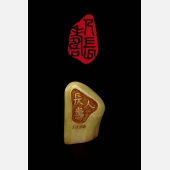 陈维廉
陈维廉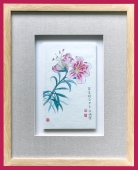 赵映璧
赵映璧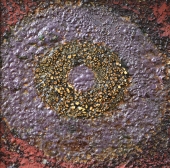 魏新
魏新
